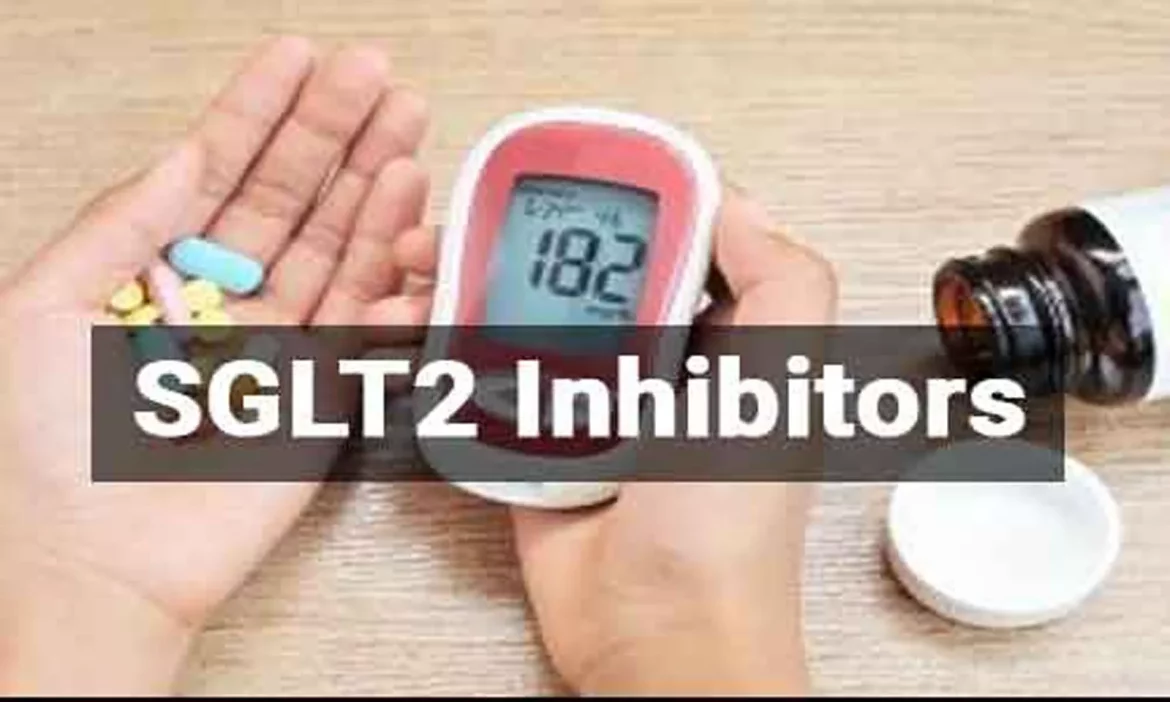Heart failure is a chronic condition that affects millions of people worldwide, characterized by the heart’s inability to pump blood effectively. This leads to symptoms like shortness of breath, fatigue, and fluid retention. Recent advancements in pharmacotherapy have introduced a new class of medications called sodium-glucose co-transporter-2 (SGLT2) inhibitors, which were initially developed for diabetes management but have shown remarkable benefits in treating heart failure. This article will explore the best SGLT2 inhibitors for heart failure, highlighting their mechanisms, efficacy, and clinical applications.
Understanding SGLT2 Inhibitors
SGLT2 inhibitors work by blocking the sodium-glucose co-transporter-2 protein in the kidneys, which is responsible for reabsorbing glucose back into the blood. By inhibiting this protein, these medications promote the excretion of glucose through urine, effectively lowering blood sugar levels. This mechanism also leads to diuresis (increased urine output), which can reduce fluid overload—a common issue in heart failure patients.
Best SGLT2 Inhibitors for Heart Failure
1. Empagliflozin (Jardiance)
Empagliflozin is one of the most extensively studied SGLT2 inhibitors for heart failure. It has demonstrated significant benefits in reducing hospitalization for heart failure and cardiovascular death. The landmark EMPA-REG OUTCOME trial highlighted its efficacy in patients with type 2 diabetes and established cardiovascular disease, showing a 38% reduction in cardiovascular death and a 35% reduction in heart failure hospitalization.
Subsequent studies, such as the EMPEROR-Reduced and EMPEROR-Preserved trials, have reinforced these findings.
Empagliflozin has been shown to improve outcomes in both heart failure with reduced ejection fraction (HFrEF) and heart failure with preserved ejection fraction (HFpEF).
See Also: what is the first symptom of left sided heart failure
2. Dapagliflozin (Farxiga)
Dapagliflozin is another top-performing SGLT2 inhibitor in the management of heart failure. The DAPA-HF trial provided robust evidence of its benefits in patients with HFrEF, demonstrating a 26% reduction in the risk of worsening heart failure or cardiovascular death.
Importantly, these benefits were observed regardless of diabetes status, indicating its broad applicability in heart failure management.
The DAPA-CKD trial further highlighted the renal protective effects of dapagliflozin, which is crucial since kidney dysfunction is a common comorbidity in heart failure patients.
3. Canagliflozin (Invokana)
Canagliflozin has shown promise in improving heart failure outcomes, particularly in patients with type 2 diabetes. The CANVAS Program, comprising two large trials (CANVAS and CANVAS-R), revealed a significant reduction in the composite outcome of cardiovascular death, nonfatal myocardial infarction, and nonfatal stroke. Although its primary focus was on diabetes, secondary analyses indicated benefits in heart failure outcomes as well.
The CREDENCE trial further established canagliflozin’s renal protective effects, making it a valuable option for heart failure patients with concurrent chronic kidney disease (CKD).
4. Ertugliflozin (Steglatro)
Ertugliflozin is the newest addition to the SGLT2 inhibitor class, and while it has shown efficacy in managing type 2 diabetes, its data on heart failure are emerging. The VERTIS CV trial did not demonstrate a significant reduction in major adverse cardiovascular events (MACE) compared to placebo; however, it did show a numerical reduction in heart failure hospitalization. Ongoing studies are likely to provide more insights into its role in heart failure management.
Comparative Efficacy And Safety
Efficacy
Empagliflozin and dapagliflozin have the most robust evidence supporting their use in heart failure, with significant reductions in heart failure hospitalization and cardiovascular death.
Canagliflozin shows promise, particularly in diabetic patients, but its direct impact on heart failure outcomes needs further exploration.
Ertugliflozin has emerging data, and its role in heart failure management is still being defined.
Safety
Empagliflozin and dapagliflozin are generally well-tolerated, with a low risk of severe adverse events.
Canagliflozin has been associated with an increased risk of lower limb amputations, which necessitates careful patient selection and monitoring.
Ertugliflozin has a safety profile similar to other SGLT2 inhibitors but requires further long-term data.
Clinical Applications And Guidelines
The incorporation of SGLT2 inhibitors into heart failure management has been endorsed by major clinical guidelines.
The American College of Cardiology (ACC), American Heart Association (AHA), and Heart Failure Society of America (HFSA) recommend SGLT2 inhibitors for patients with HFrEF, regardless of diabetes status. Similarly, the European Society of Cardiology (ESC) includes SGLT2 inhibitors in their guidelines for managing HFrEF.
Practical Considerations
When prescribing SGLT2 inhibitors for heart failure, several practical considerations should be kept in mind:
Patient Selection: These medications are suitable for patients with HFrEF and those with HFpEF (in the case of empagliflozin). They can be used regardless of diabetes status, broadening their applicability.
Renal Function: SGLT2 inhibitors provide renal protection, but they require monitoring of kidney function. They are generally safe to use in patients with mild to moderate CKD.
Volume Status: Due to their diuretic effect, SGLT2 inhibitors can cause volume depletion. Patients should be monitored for signs of dehydration and hypotension, particularly in the initial stages of treatment.
Risk of Genital Infections: These drugs increase the risk of genital infections, which should be discussed with patients.
Proper hygiene and prompt treatment of infections are essential.
Cost and Accessibility: The cost of SGLT2 inhibitors may be a consideration for some patients. Healthcare providers should explore insurance coverage and patient assistance programs to ensure accessibility.
Future Directions
Ongoing research continues to explore the full potential of SGLT2 inhibitors in heart failure. Future studies are expected to provide more data on their long-term efficacy and safety, as well as their effects on different heart failure phenotypes.
Additionally, combination therapies involving SGLT2 inhibitors and other heart failure medications are being investigated to optimize patient outcomes.
Conclusion
SGLT2 inhibitors represent a significant advancement in the treatment of heart failure, offering benefits that extend beyond glucose control.
Empagliflozin and dapagliflozin, in particular, have demonstrated robust efficacy in reducing heart failure hospitalization and cardiovascular death. Canagliflozin and ertugliflozin also show promise, with ongoing studies likely to further define their roles. As our understanding of these medications evolves, they are poised to play an increasingly important role in the comprehensive management of heart failure, improving the quality of life and outcomes for patients worldwide.

